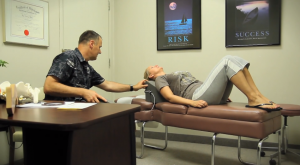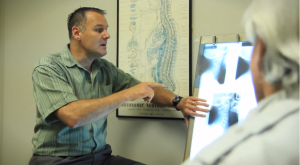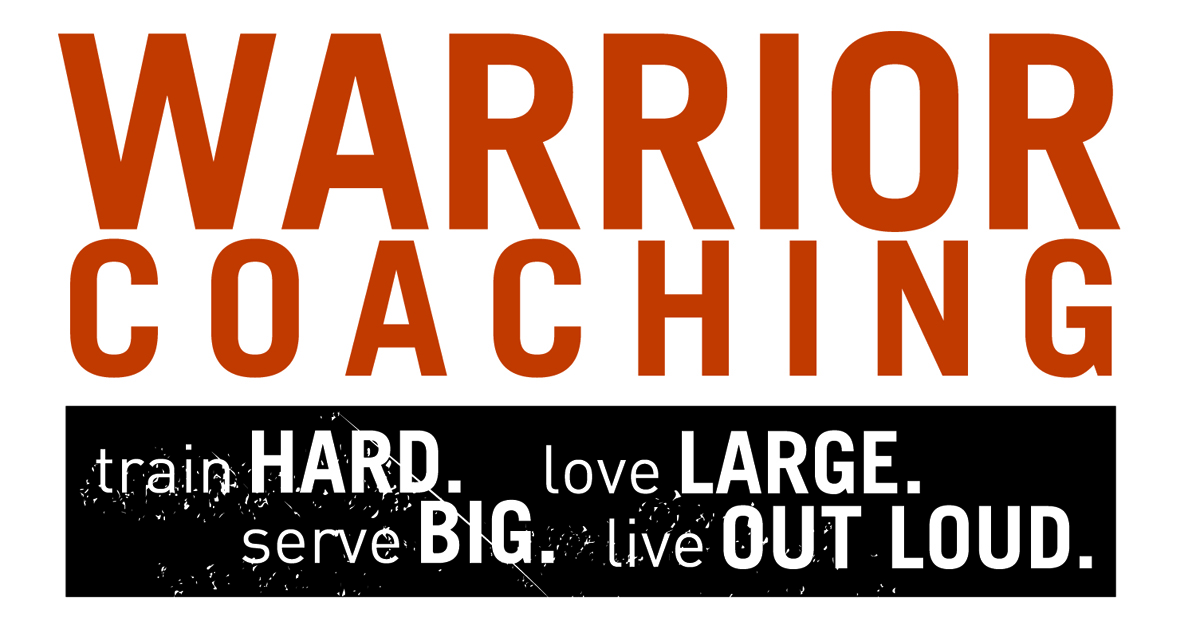If chiropractic care seems promising, but you have doubts, join the club. Chiropractic is different, but it is this difference that has brought results to millions since 1895 and caused them to rethink the nature of health and the role of chiropractic care in it.
Once and for all, let’s put to rest some of the most common myths:
Chiropractic Isn’t Scientific
 Don’t be misled by the “simplistic” nature of chiropractic adjustments! There are a growing number of studies that show the chiropractic approach reduces nerve disturbance along the spine, and enhances the ability of the brain and nerve system to control and regulate the body. These include published research documenting the results of chiropractic care on asthma, infantile colic, immune function, dysmenorrhea (menstrual cramps), improving vision and brain function, lower back pain, one’s overall health status and many others.
Don’t be misled by the “simplistic” nature of chiropractic adjustments! There are a growing number of studies that show the chiropractic approach reduces nerve disturbance along the spine, and enhances the ability of the brain and nerve system to control and regulate the body. These include published research documenting the results of chiropractic care on asthma, infantile colic, immune function, dysmenorrhea (menstrual cramps), improving vision and brain function, lower back pain, one’s overall health status and many others.
The “scientific” argument is largely a red herring and the sign of a double standard. Medical economist David Eddy, MD, Ph.D., observes that only 15% of medical procedures have ever been scientifically verified, and the other 85% of common medical procedures have no “scientific basis”!
Ultimately, the proof is in the pudding. Ask our delighted patients whether chiropractic actually works!
Chiropractors Aren’t Well Educated
 Today’s chiropractor receives a much broader education. In fact, it’s quite comparable to that received by medical practitioners. Before acceptance to a five-year chiropractic college, prospective chiropractors must complete a minimum of three years of undergraduate work with a heavy emphasis on the basic sciences. This focus on science continues during the first two years of study, emphasizing classroom and laboratory work in anatomy, physiology, public health, microbiology, pathology and biochemistry. Later, the focus is on specialized subjects, including chiropractic philosophy and practice, along with chiropractic diagnosis and adjusting methods. Since chiropractors don’t prescribe drugs, instead of studying pharmacology and surgery, they receive an even deeper training in anatomy, physiology, rehabilitation, nutrition, diagnosis, X-ray and a variety of adjusting techniques that aren’t taught in any other health care field. Disparaging the educational achievements of today’s chiropractor is an outdated belief from another era. In fact, chiropractors receive more class hours of educational training than medical doctors.
Today’s chiropractor receives a much broader education. In fact, it’s quite comparable to that received by medical practitioners. Before acceptance to a five-year chiropractic college, prospective chiropractors must complete a minimum of three years of undergraduate work with a heavy emphasis on the basic sciences. This focus on science continues during the first two years of study, emphasizing classroom and laboratory work in anatomy, physiology, public health, microbiology, pathology and biochemistry. Later, the focus is on specialized subjects, including chiropractic philosophy and practice, along with chiropractic diagnosis and adjusting methods. Since chiropractors don’t prescribe drugs, instead of studying pharmacology and surgery, they receive an even deeper training in anatomy, physiology, rehabilitation, nutrition, diagnosis, X-ray and a variety of adjusting techniques that aren’t taught in any other health care field. Disparaging the educational achievements of today’s chiropractor is an outdated belief from another era. In fact, chiropractors receive more class hours of educational training than medical doctors.
Chiropractors Are Not “Real” Doctors
Medical Physicians are Doctors. Chiropractors are Doctors. These are 2 different types of Doctors. Your notion of a “real” doctor probably conforms to a prototype generated by the mass media. Many have come to think of a doctor as someone who prescribes advice and drugs or performs surgery. Sporting a white lab coat or surgical scrubs with a stethoscope at the neck, doctors are seen as all-knowing, omnipotent and able to save patients in 60 minutes, less commercials. A medical doctor (MD) and a chiropractor (DC) while different, have both received a degree from a government accredited medical school or chiropractic college and are licensed to practice. But that’s where the similarity ends because each discipline looks at health and healing in very different ways.
Medical Doctors |
Chiropractors |
| • Sees the disease | • Sees the person with the disease |
| • Studies the blood | • Improves nervous system integrity |
| • Relies on drugs | • Reduces causes of nerve interference |
| • Treats symptoms | • Promotes proper bodily function |
Clearly, these are two very different philosophies. Yet, each has its place. If you have broken bones or you’re bleeding by the side of the road, you want the lifesaving measures of emergency medical treatment. But if you have chronic aches and pains or an interest in wellness, you may want the health restoration possible that is the focus of chiropractic care.
Chiropractic Adjustments Cause Stroke
The most recent in depth review of the relationship between stroke and chiropractic care, was published in the February 15, 2008 issue of Spine Journal. It looked at 10 years of hospital records, involving 100 million person years. The verdict? There was no evidence of an increase in vertebral artery dissection risk with chiropractic, compared with medical management. Based on this review, stroke, particularly vertebrobasilar dissection, should be considered a random and unpredictable complication of any neck movement, including cervical manipulation.
In other words, cases of serious injury are practically nonexistent. By comparison, it makes the deaths caused by over-the-counter pain relievers to be considerably more troubling! Although reports vary, annual deaths in the United States attributable to NSAIDs (NonSteroidal Anti-Inflammatory Drugs such as aspirin, ibuprofen, naproxen, diclofenac, ketoprofen and tiaprofenic acid) range from 3,200 to higher than 16,500 deaths and 76,000 hospitalizations.9
Even risk-averse insurance companies recognize the safety of today’s chiropractic care. The premiums for malpractice insurance paid by chiropractors are a mere fraction of what medical practitioners must pay. Chiropractic care is safe.
My Medical Doctor Wouldn’t Approve
Most medical doctors are unfamiliar with chiropractic and the principles by which it works. Many are still operating under the policy perpetuated by the illegal boycott of chiropractors by the American Medical Association in the United States and the Australian Medical Association in Australia.
On September 25, 1987, a United States Federal judge ruled that the AMA had violated Section 1 of the Sherman Act, and that it had engaged in an unlawful conspiracy in restraint of trade “to contain and eliminate the chiropractic profession.” The judge issued a permanent injunction against the AMA under Section 16 of the Clayton Act to prevent such future behavior.
Fortunately, more and more informed medical doctors around the world see the value in chiropractic care.
“Instead of thinking of chiropractic as an alternative or some kind of therapy separate from other health care, we really should consider it equivalent.” 1
Paul Shekelle, M.D., Ph.D.
The RAND Corporation
Chiropractic Isn’t Appropriate For Children
 Why would a child have a spine and nervous system problem? Traumatic births. Learning to walk. Slips. Falls. The list is endless. Yet, because children have such an adaptive capacity, these problems are often brushed off as “growing pains” or just a “phase they’re going through.”
Why would a child have a spine and nervous system problem? Traumatic births. Learning to walk. Slips. Falls. The list is endless. Yet, because children have such an adaptive capacity, these problems are often brushed off as “growing pains” or just a “phase they’re going through.”
“As the twig is bent, so grows the tree.”
Many patients report that chiropractic care has been helpful for colic, ear infections, erratic sleeping habits, asthma, constipation, bedwetting, scoliosis, “growing pains” and many other common childhood health complaints.
The concern that many parents have is that chiropractic adjustments will be too forceful. They mistakenly think that their child will receive adjustments like ones they receive. Not only are adjusting techniques modified for each person’s size and unique spinal problem, an infant’s spine rarely has the longstanding muscle tightness seen in adults. This makes a child’s chiropractic adjustments gentle. In fact, at Blaser Chiropractic, most children actually love coming in to be adjusted.
Knowing exactly where to adjust, newborns and infants are adjusted with no more pressure than you’d use to test the ripeness of a tomato. Many parents have commented that they see amazing improvements in the well-being of their child.
You Need A Referral To See A Chiropractor
You don’t need a referral or permission from anyone to see a chiropractor. However, certain insurance plans, may have policies dictating that certain approval steps be taken before commencing care. Most often these are granted freely and occasionally it’s more difficult.
Be careful that you don’t allow your health to be compromised by the profit motives of an insurance company or the personal bias of a physician who doesn’t understand chiropractic! It’s your body, your health and your future.
If these myths were true, chiropractic would have disappeared long ago, just like bloodletting and countless other ineffective procedures. But not only has chiropractic survived, it’s thriving as more and more people want a safe and natural approach to better health that avoids drugs or surgery.











